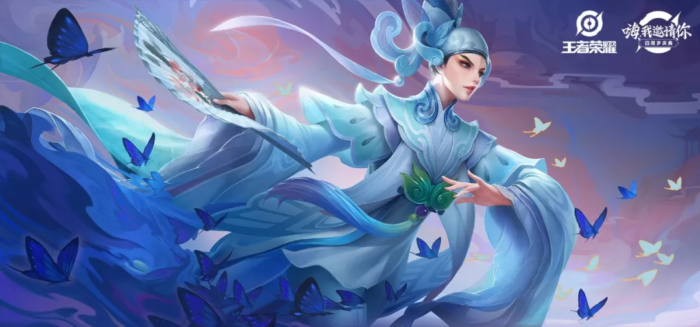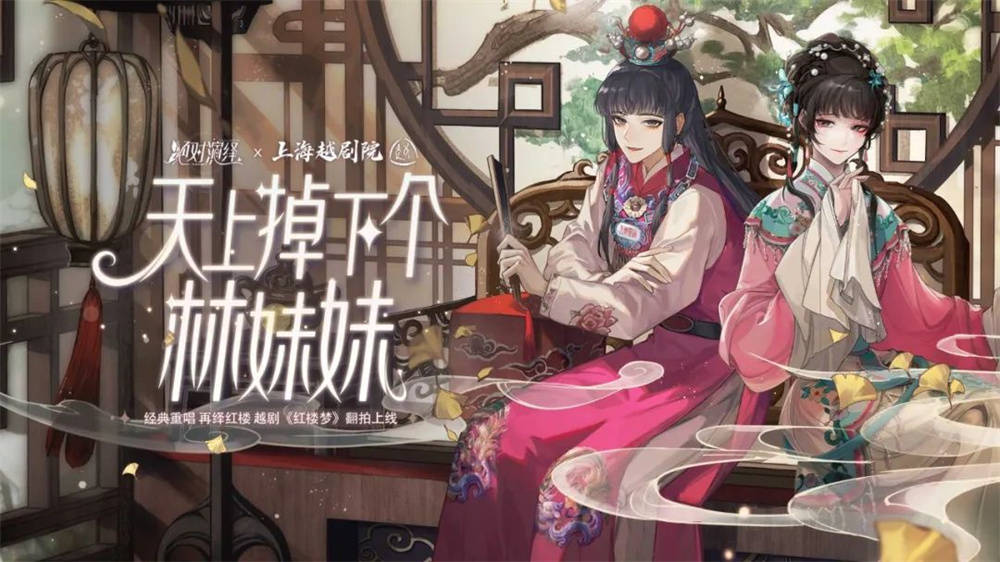Yue(ju) and me
I know, the titles get worse every week. Please forgive me.
Anyway, hello again, all!
As development on the project continues unabated, I thought this week it would be nice to share a little bit of background on yueju itself, the musical theatre that was the basis for the original Song of the Female Textile Workers, and underpins the current project. And so to that end, I have trawled through Wikipedia and a number of articles, gathering up what relevant information I could find, to present to you this; a digestible and succinct history of Yueju opera, past, present and future!
So, let us begin at the beginning.
Yue opera originated in Zhejiang province of China, just South of Shanghai. As with so many of its ilk, it began in the mainly rural locales as a form of story-telling, recounting everyday events and conversations through song. As it grew in popularity, elements of acting and accompanying musical instruments were introduced, until it grew into something of a performance in its own right. Word spread of this folk art, and it became a second source of income for the locals, even in times of agricultural hardship.
Still, it remained a rather small-scale industry until 1906, when the story goes that the first Yue Opera troupe proper was formed. By gathering together smaller groups of artists, larger performances came together utilising the knowledge and skills of the individual performers. Even at this early stage, the spirit of collaboration that drives our own project today elevated Yueju into a public spectacle.

The original Liangzhu performance of 'Love of the Butterfly', the story running through the heart of Song of the Female Textile Workers and Song: The Future
The first performances remained light on props, costumes, and instruments, meaning that the troupe could travel easily, performing to a wide variety of audiences and gaining popularity across the region. It was only a matter of time before they found success further afield, and this came in the form of performances in Shanghai. Receiving an initially warm welcome, the original performers returned to their rural roots more determined than ever to push art form on to bigger and better things.
The 1920s saw a dedicated drive to encourage women into the performances, by the establishment of all female opera classes. This practice thrived throughout the 30s, where opera performance provided a legitimate alternative employment to women, along with entering the fast-rising textile factories in Shanghai. Ultimately, it proved so successful that the art form would go on to become an all-female medium.
The love-themed, gentle music of all-female Yueju came as something of a breath of fresh air in comparison to the usual opera performances, and quickly enough the Shanghai audience embraced it. It proved particularly popular amongst the female textile workers of the city - China's first female working class - who flocked to the theatres to watch the shows and supports their hometown sisters. There was a certain solidarity to be found amongst women at the time in the emancipation and freedom they had gained to take on these careers, and it was through their patronage that all-female Yueju thrived in the 1930s and 40s.
From there, all-female Yueju's popularity grew from strength to strength, including branching into popular cinema during the 1960s. Although the Cultural Revolution saw all-female Yueju outlawed - along with most traditional Chinese art forms - it witnessed a renaissance in the 1980s with the relaxation of these rules.
During the 1990s, Shanghai closed vast swathes of its once numerous textile factories, in an effort to move away from 'made in China' and towards 'created in China'. Some 500,000 female textile workers found themselves unemployed, and with them went a large portion of all-female Yueju's patrons. Although all-female Yueju remains today the predominant form of musical theatre in the Shanghai basin area - even beating out the otherwise ubiquitous Peiking Opera - and appears on China's list of national intangible cultural heritage, its demographic has shifted into the elderly and middle aged ranges, and its performances are mostly staged in the rural countryside. As with so many traditional art forms, it has found itself struggling to engage with younger audiences in the wake of the digital revolution.
As such, Yue opera houses are keenly working with digital and creative companies to expand their reach to new demographics.
In 2019, Zhejiang all-female Hundred Flower Yueju Company collaborated with Tencent to produce the first Love of the Butterfly yueju gaming characters in their wildly popular game 'Honor of Kings'.

Character Shangguan Wan'er as she appears in 'Honor of Kings' in her Love of the Butterfly skin
This was followed by the 2021 AHRC awarded project Song of the Female Textile Workers, an experimental mixed reality performance produced in collaboration with the Shanghai Yueju Company.
Even more recently in 2022 and inspired by the Song project, Shanghai Yueju Opera House has teamed up with digital studio NetEase to develop the mobile game "Dream Chaser: the Showbiz", in which the user plays a would-be Yueju opera star trying to make their way up in the business, and includes various digital performances of taken from the Yueju opera 'Dream of the Red Mansion'.
 In another cross-over, star performer Qiu Danli posted a cover of a song from the video game 'Genshin Impact' - especially popular amongst the younger Chinese audience - in a Yueju style to popular Chinese video-hosting website Bilibili. It attracted some 1.35 million watches - a great success by any metric!
In another cross-over, star performer Qiu Danli posted a cover of a song from the video game 'Genshin Impact' - especially popular amongst the younger Chinese audience - in a Yueju style to popular Chinese video-hosting website Bilibili. It attracted some 1.35 million watches - a great success by any metric!
It is their hope - and indeed ours through Song of the Female Textile Worker - that the use of these novel medium might invite a whole new generation to a spectacle that they might not have paid attention to otherwise.
Let's hope for the far reaching appeal of all of our projects!
If this has piqued your interest in Yueju opera history, then don't hesitate to take a look over at the original Song of the Female Textile Workers website on Leeds Museums and Galleries, linked here. It's full of far more details than I could possibly have hoped to include here, and contains a number of short documentaries about the different stages of Yueju's history, as well as the history of the female working classes of China in general. Of particular interest are the interviews with Wang Rousang and others, outlining the ebb and flow of the various industries in a far more erudite and entertaining manner than I could hope to muster. Happy browsing!
